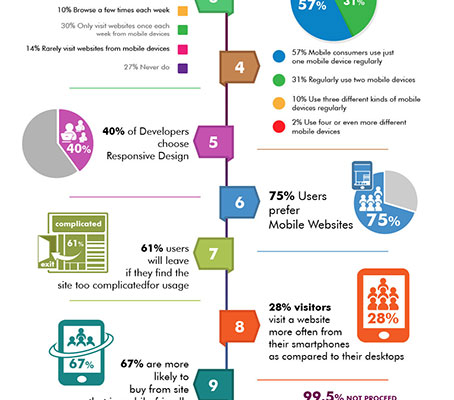The Evolution Of Web Site Style: From Past To Existing
The Evolution Of Web Site Style: From Past To Existing
Blog Article
Developed By-Hartley Hyldgaard
In the past, web sites were easy and focused on info. Navigation was straight, and design was for desktop computers. Now, user experience is vital. Information overviews layouts for easy navigation. Responsive designs match different gadgets. Today, dark setting lowers strain, and minimal menus boost navigating. Interactive functions involve customers, and bold visuals attract attention. AI combination increases interaction. See exactly how design has actually progressed to boost your on-line journey.
Very Early Days of Website Design
In the very early days of website design, simplicity preponderated. Websites were basic, with restricted shades, typefaces, and formats. The focus was on offering details as opposed to fancy visuals. Users accessed the net via slow-moving dial-up links, so speed and capability were crucial.
Navigating food selections were straightforward, generally located on top or side of the web page. Web sites were created for desktop, as mobile surfing wasn't yet prevalent. Web content was king, and developers prioritized very easy readability over intricate style elements.
HTML was the primary coding language utilized, and developers had to function within its constraints. Computer animations and interactive features were marginal compared to today's standards. Sites were static, with little vibrant web content or personalized user experiences.
Rise of User-Focused Layout
With the development of website design, a shift towards user-focused layout principles has actually become increasingly popular. Today, developing internet sites that focus on individual experience is important for engaging visitors and attaining service objectives. User-focused layout includes understanding the demands, preferences, and habits of your target audience to customize the web site's design, material, and features as necessary.
Developers currently carry out comprehensive research, such as customer surveys and functionality testing, to collect understandings and responses directly from customers. This data-driven technique aids in producing instinctive navigating, clear calls-to-action, and aesthetically appealing interfaces that reverberate with site visitors. By positioning the individual at the facility of the layout process, internet sites can provide an extra individualized and pleasurable experience.
Responsive style has likewise become an essential element of user-focused style, making certain that sites are enhanced for different devices and screen dimensions. This flexibility improves access and functionality, dealing with the varied ways customers connect with web sites today. In essence, the surge of user-focused layout signifies a shift towards creating electronic experiences that prioritize the demands and assumptions of completion customer.
Modern Trends in Website Design
Explore the latest fads shaping website design today. One prominent pattern is dark setting layout, using a smooth and modern-day look while decreasing eye pressure in low-light settings. Another vital fad is minimalist navigation, simplifying menus and enhancing individual experience by focusing on essential elements. Integrating micro-interactions, such as computer animated switches or scrolling effects, can create an extra engaging and interactive internet site. https://www.financemagnates.com/thought-leadership/are-algorithms-becoming-essential-for-digital-marketing-campaigns/ stays essential, making sure seamless individual experiences throughout different devices. Furthermore, using bold typography and asymmetrical designs can include visual rate of interest and accentuate details content.
Integrating AI technology, like chatbots for customer assistance or customized recommendations, boosts user involvement and improves processes. Accessibility has likewise become a considerable pattern, with developers prioritizing inclusive layout techniques to satisfy diverse individual demands. Welcoming sustainability by enhancing internet site efficiency for speed and effectiveness is one more arising fad in website design. Collaborating with individual feedback and data analytics to repeat and improve layout continually is important for staying pertinent in the ever-evolving electronic landscape. By accepting these contemporary fads, you can produce an aesthetically enticing, straightforward internet site that resonates with your audience.
Conclusion
As you reflect on the advancement of website design from the early days to currently, you can see exactly how user-focused design has actually become the driving force behind modern fads.
Welcome the trip of modification and adaptation in web design, always maintaining the customer experience at the forefront.
Tippingpointdigital
Keep current with the most up to date trends and technologies, and never ever stop evolving your method to develop visually magnificent and easy to use websites.
Advance, adapt, and develop - the future of web design remains in your hands.
